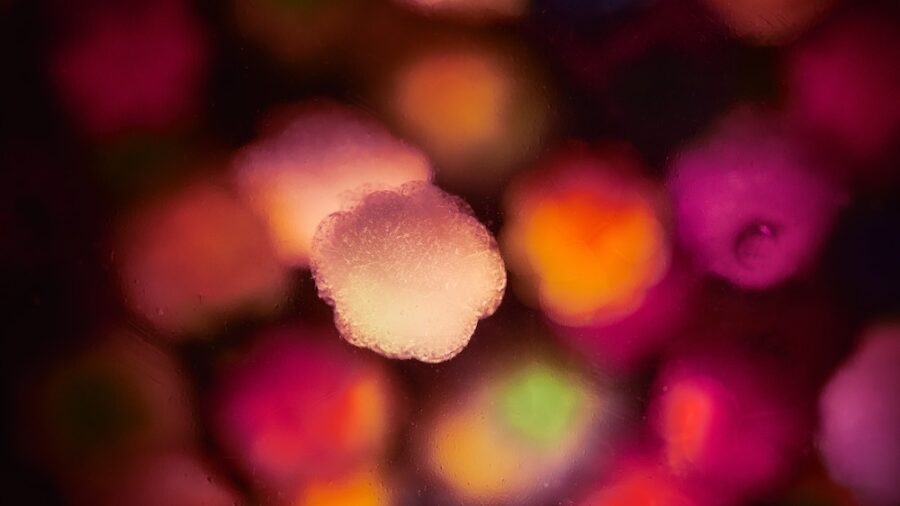Organic Molecules Detected On Mars

There has been no other period in human history more exciting for fans of our planetary neighbor, Mars. The planet is currently being explored by the Perseverance rover, and the data it has collected has changed much of what we know about the red planet as well as our plans for colonization.
The Perseverance rover has found evidence of organic molecules on Mars.
According to Science Alert, the rover recently discovered signals of organic molecules on Mars that may be a real game-changer when the time comes to colonize the planet.
This particular data comes from the rover’s exploration of the Jezero Crater on Mars. The Perseverance is equipped with specialized equipment capable of spectroscopic analysis, and the analysis discovered evidence of hydrocarbon molecules within the crater’s rock formations.
While this isn’t the first time we have uncovered evidence of such molecules on Mars, this particular discovery reinforces some of what we learned about before while opening the door to some exciting new possibilities.
For example, evidence for these molecules was previously found in the Gale Crater, but at the time, nobody knew whether that finding was a relative anomaly.
Basically, the discovery of unexpected organic molecules on Mars is always exciting, but there was previously a possibility that these molecules would be limited in their number, composition, and location. These latest findings point that multiple types of signals are in play, and they are diverse and seemingly spread farther than originally imagined.
Part of what understandably excited the scientists involved is that they now have evidence of multiple fluorescence signals and Raman signals that are seemingly organic. Furthermore, it looks like differences in the number and diversity of the fluorescence signals between rock formations may be evidence of different “alteration histories.” While that may not sound exciting at first, such findings may ultimately provide the necessary breakthroughs to safely colonize Mars.
For future life on Mars to thrive, it’s important to find locations on the red planet where life may have previously existed. Areas with more carbon-containing molecules may be easier for humans to inhabit.
Why is that, though? In short, for future life on Mars to thrive, it’s important to find locations on the red planet where life may have previously existed. Areas with more carbon-containing molecules (like the rock formations in question) may be easier for humans to inhabit, and the fact that the rocks preserved these molecules may be further evidence that life once existed on Mars and, via colonization, may exist there once again.
If that’s not exciting enough, the rock formations we have been discussing show signs they may have previously experienced “aqueous alteration,” which is a fancy way of saying that water might have once produced the organic molecules.
[F]or future life on Mars to thrive, it’s important to find locations on the red planet where life may have previously existed.
Water is one of the biggest factors in whether an area is inhabitable or not, and if an area once had water and still has organic molecules, it may prove to be an ideal place for a future colony. Unfortunately, we won’t know the full story until the Perseverance returns samples home for study here on Earth.
While we may be many years away from actually colonizing Mars, discoveries such as this help justify NASA’s growing interest in the red planet. Just think…the greatest spacefaring endeavor in human history is growing closer every day. Ultimately, we can only hope the future for our first planetary colonies looks a bit more like Star Trek and a bit less like Bioshock.












